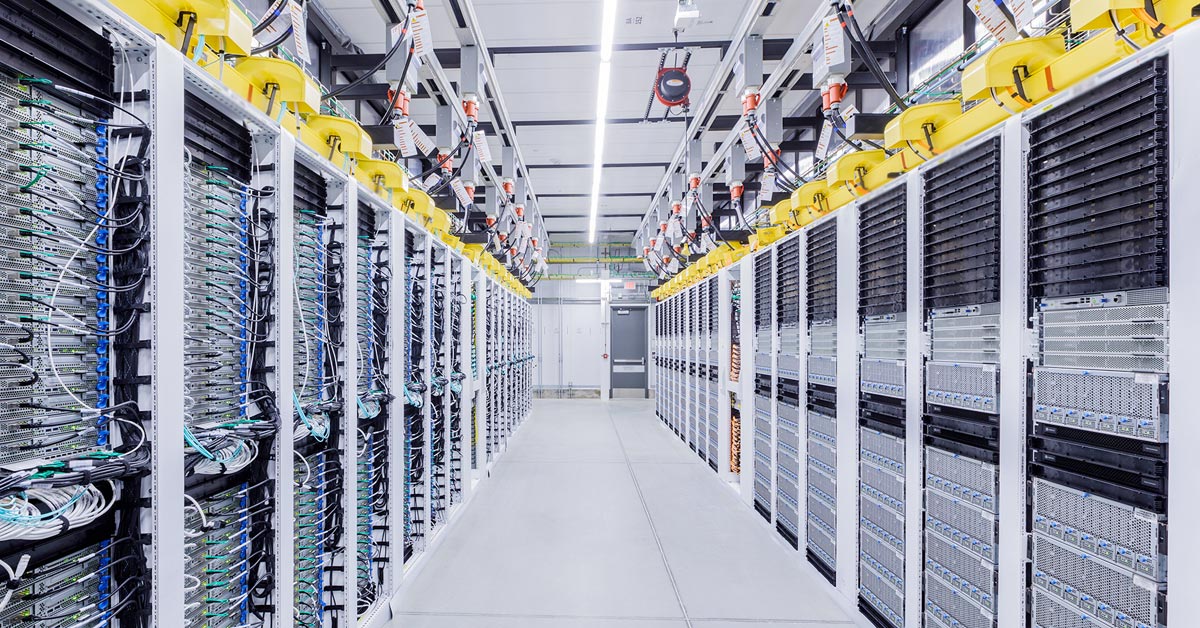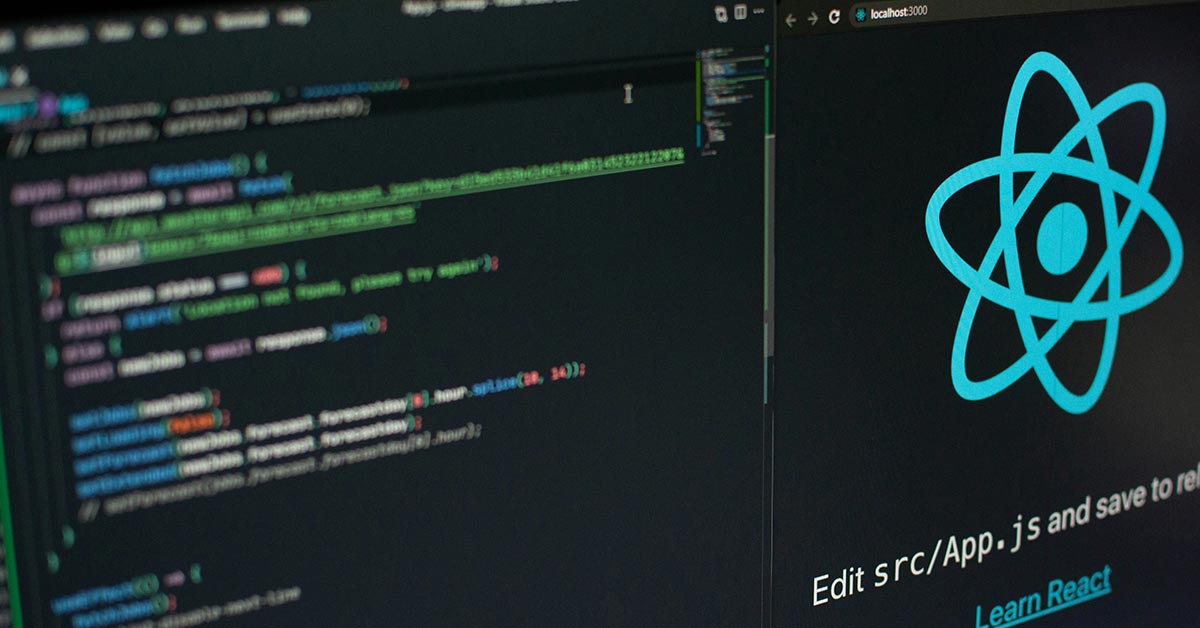Artificial intelligence (AI) could revolutionise software development. From writing code to identifying bugs to predictive analysis to inform development, AI is transforming all areas of software development.
Writing Code
There are a few ways that AI can be used to write code including natural language processing (NLP), two types of which are predictive coding and program synthesis.
Using NLP, a developer can convert process language and learn from it, with one example use case being code generation. In short, NLP AI can be used to understand our language and convert this into code, meaning developers can tell the NLP model what they want to create and it can generate code.
The appearance of predictive coding is somewhat similar to predictive text. As a developer works on their code, predictive coding suggests what could come next. An example of this is GitHub’s Copilot. Described as a pair programmer tool, Copilot generates code and suggests it to the developer directly inline as they work. Copilot can also help developers through a chat view where developers can ask questions or for help with a task. The limitation of predictive coding is that it doesn’t have a deep understanding of the code to be developed. Instead, developers might look to use program synthesis.
"AI tools are already dramatically increasing the productivity of the programmers that adopt them, by automating routine blocks of code that previously had to be manually written." - John McGuire, Graduate AI/ML Software Engineer at Pulsion
Program synthesis can be used to create code to satisfy a high-level specification. In simple terms, a developer writes a description of what is desired, and the AI follows this specification to generate the code. Program synthesis uses deep learning to generate this code.
Deep learning is a technique used throughout machine learning, including predictive learning and program synthesis. Deep learning uses neural networks to approximate functions from which data is sampled, and one generative example of neural network application is code generation. Neural networks are a type of machine learning algorithm which are made up of interconnected nodes (called neurons) which are modelled on the human brain. The deep learning AI can be trained using a large dataset of example code. It can then be used to generate new code.
Our blog How Can ChatGPT Help Custom Software Development? discusses how developers can use ChatGPT to generate code.
Automating Processes
Developers can also use AI to automate routine tasks. While saving them from the tedious task of repeating routine work, this also improves efficiency and consistency. By creating an automated system, aspects of solutions can be implemented without the need for a developer. This leaves developers free to focus on other aspects of development.
Identifying Bugs
AI can also be used in software development to identify bugs. By using machine learning to analyse code, AI can not only identify bugs, it can also suggest solutions. Developers can use this AI to save them time in analysing code to find bugs, creating a more efficient development process.
Predictive Analytics
AI’s ability to analyse vast amounts of data makes the analytics it can provide incredibly useful. But AI is not limited to providing historical analytics of what has already happened, it can use this analysis to provide predictive analytics. Machine learning uses data to predict future events such as customer needs or identifying risks. Developers can then use these insights to inform their work.
Security
Such predictive analytics can also be used in security and AI is also able to detect security vulnerabilities. This means developers can use this information to address the risks before they become issues. By using AI to aid in the prevention of security issues, developers create software that is more trustworthy and secure.
The outcome
The outcome of these effects of AI on software development is a more efficient and robust software development process. Also, the quality of code can be improved as AI has the ability to analyse large sets of data and author code or suggest improvements to developers. By creating AI that can in turn produce code, developers can focus their efforts on the creative side of coding, understanding client needs and more complex tasks which require their expertise.
Growing User Expectations
With 38% of consumers saying they prefer to use chatbots (Techjury, 2023), it makes sense for businesses to use chatbots where they can. Rules-based chatbots that are built with ‘scripts’ – where users click through topics to find an answer – save time and resources by answering simple and repetitive questions. With AI these chatbots can be made smarter; better understanding particular queries and suggesting solutions and answers for particular customers, rather than limited standard responses. This is just an example of the expectations of users growing as capabilities improve.
Another example is Google Maps or similar services. The AI in these services updates routes, informing users of upcoming road blockages or traffic congestion right in their phone or built into their car. This is now a standard expectation of users. However, not that long ago drivers would have to purchase a satnav device which would need to be updated regularly to display new roads and had no ability to know of any issues on the road.
As AI integrates more and more into our lives, user expectations are likely to continue to grow. Expectations of what AI and other tech can do will inform the direction of software development as businesses look for ways to capitalise on consumer desire.
Conclusion
The effect AI will have upon software development cannot be predicted for certain. As with all technology, what we are capable of and what we are trying to achieve changes over time. There may be forms of AI that have not yet been considered, let alone put into practice. Only time will tell what future is in store for AI and software development.
Read more about current development in AI in our blog AI in Business: What AI Can Do in 2023.















